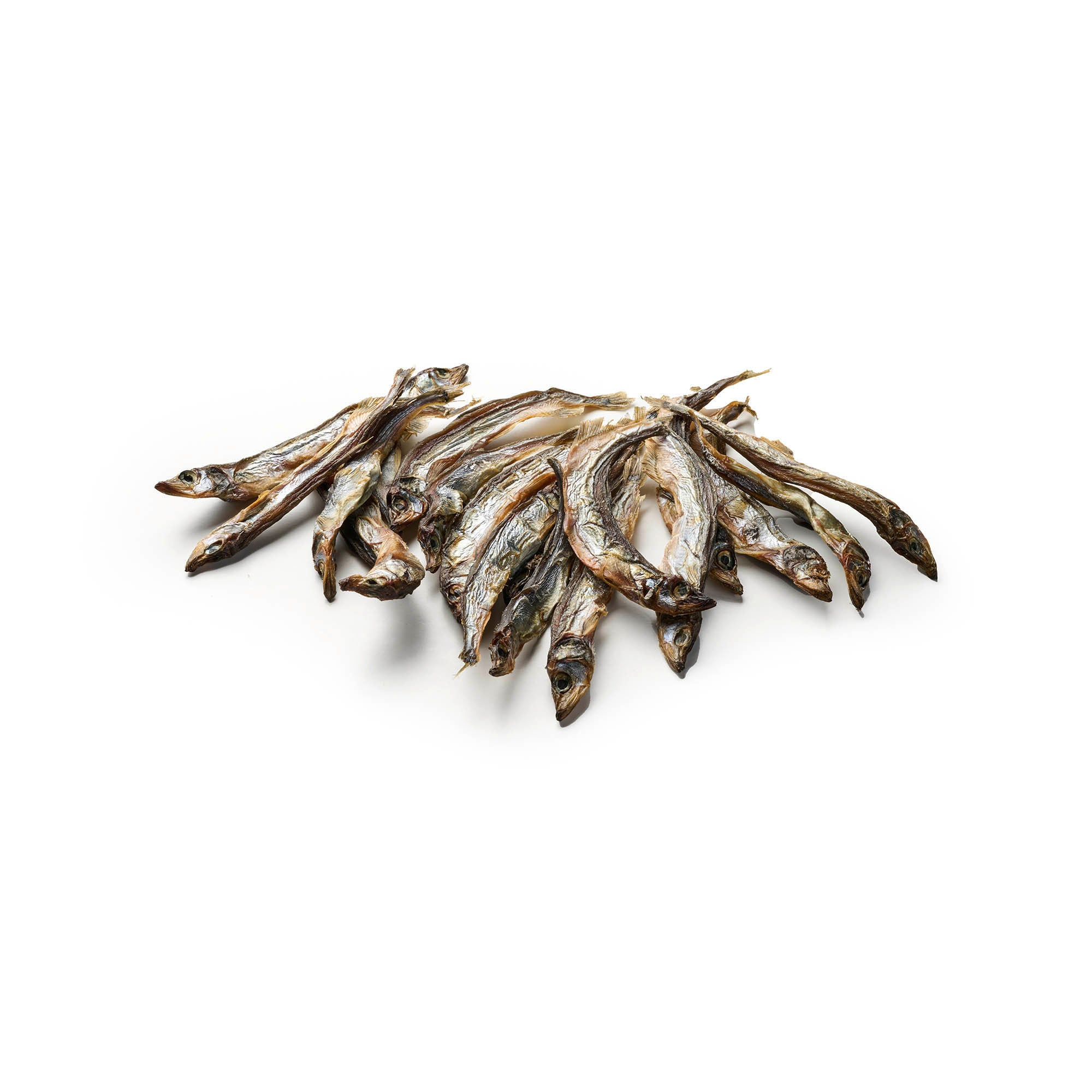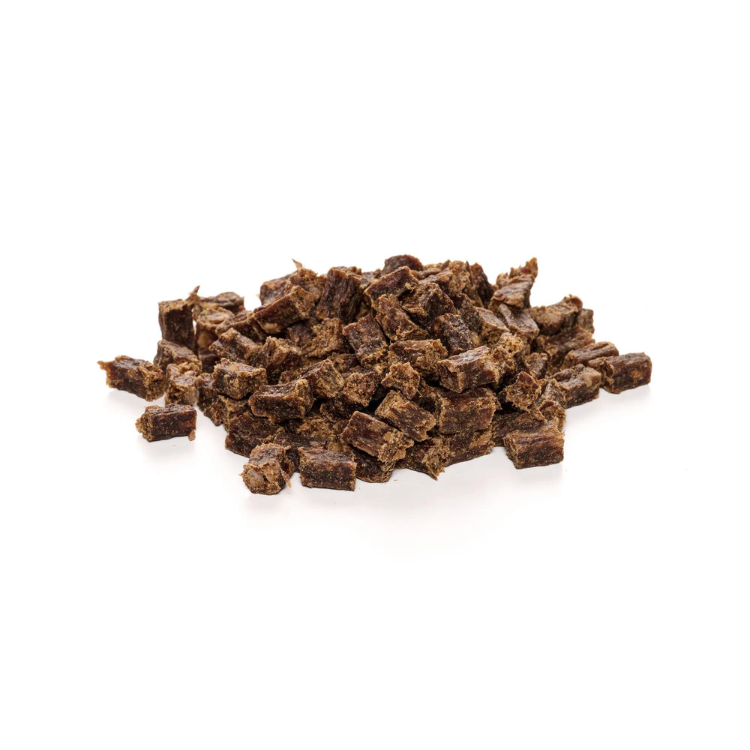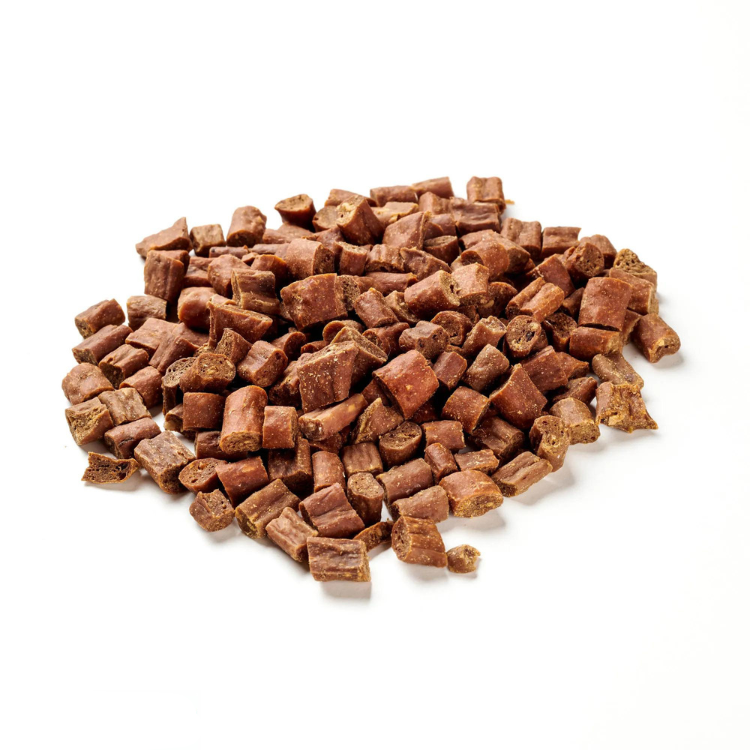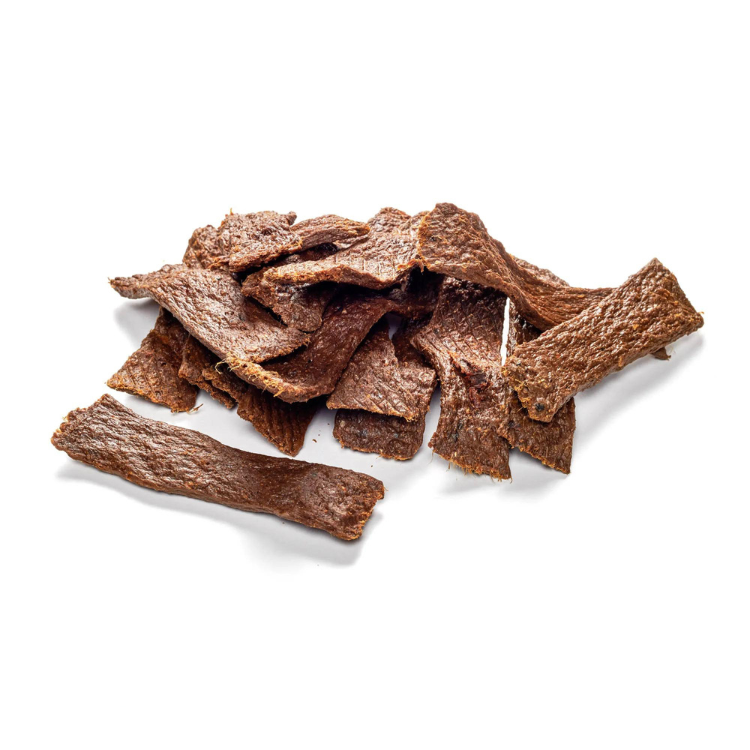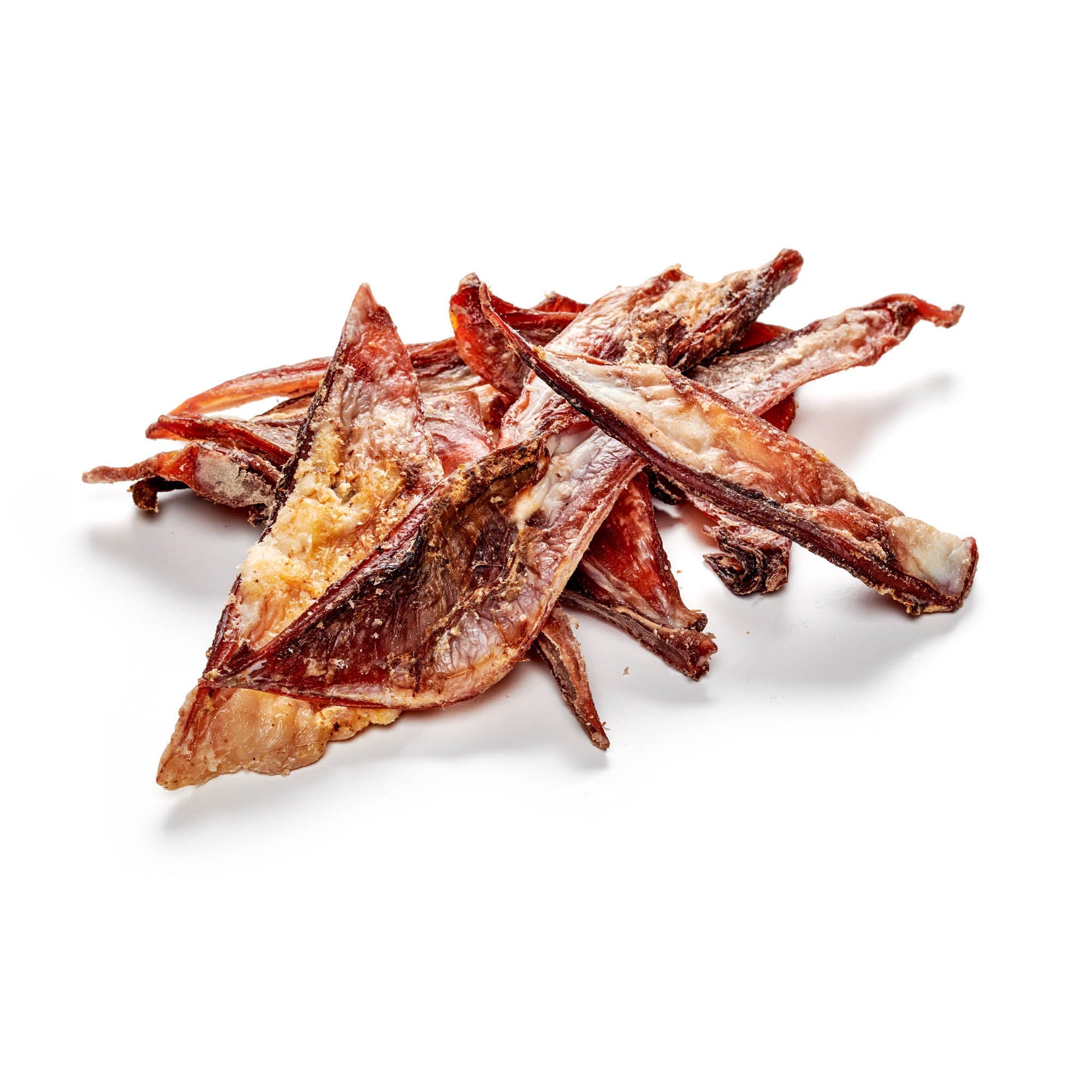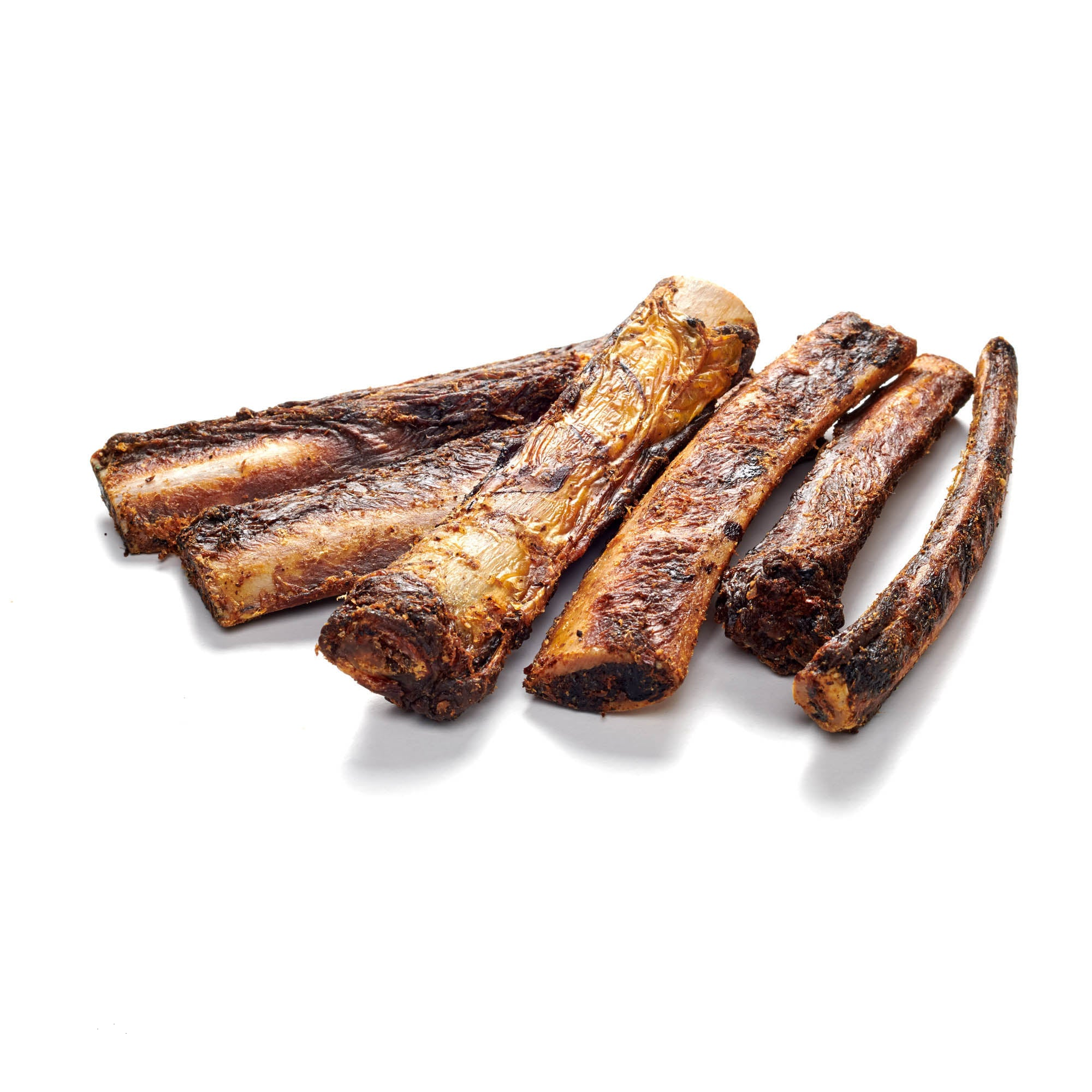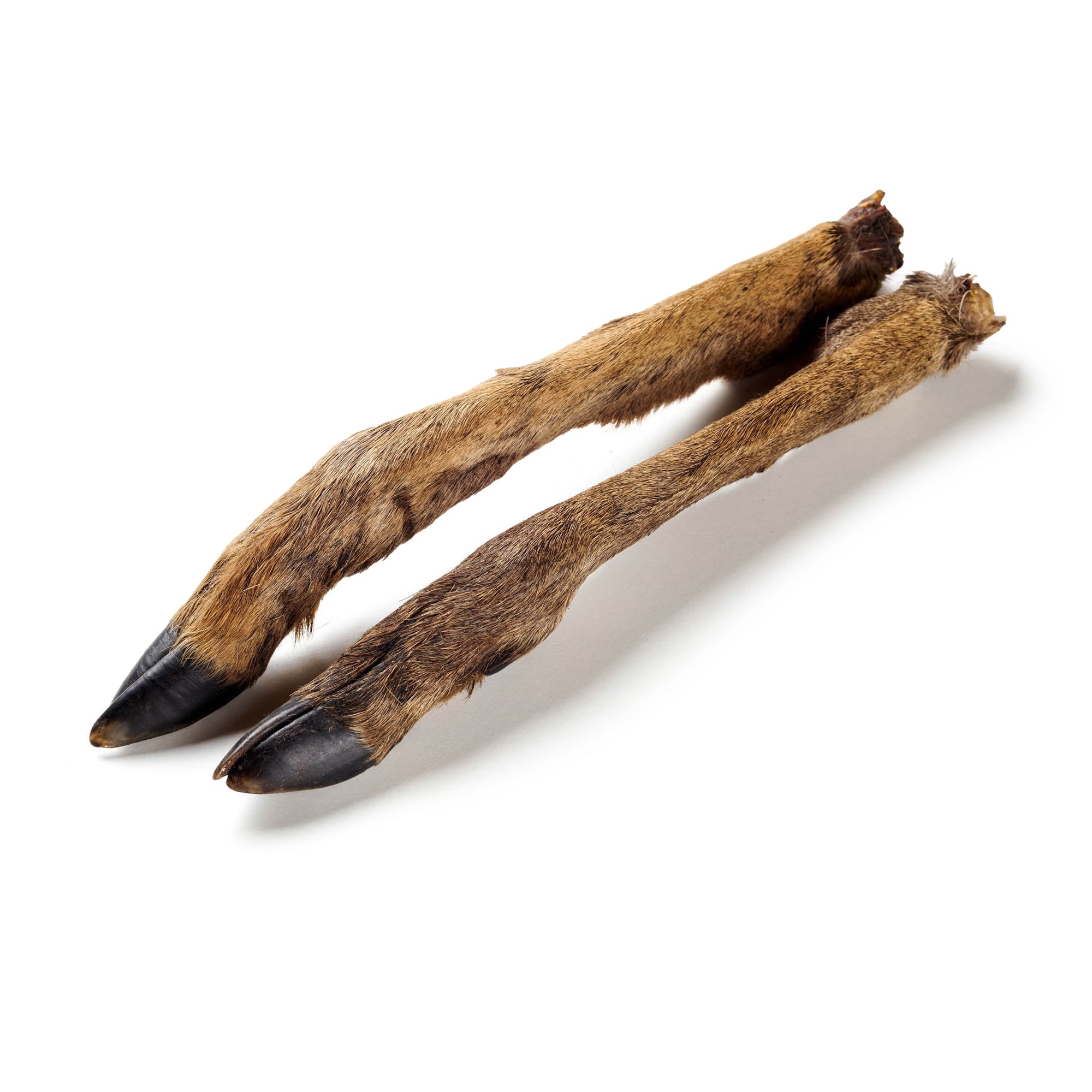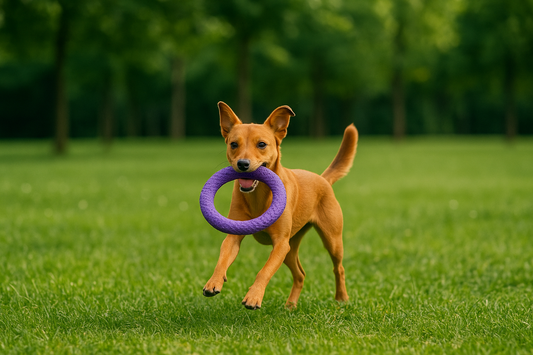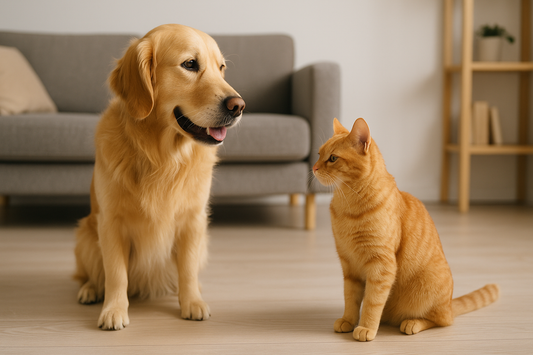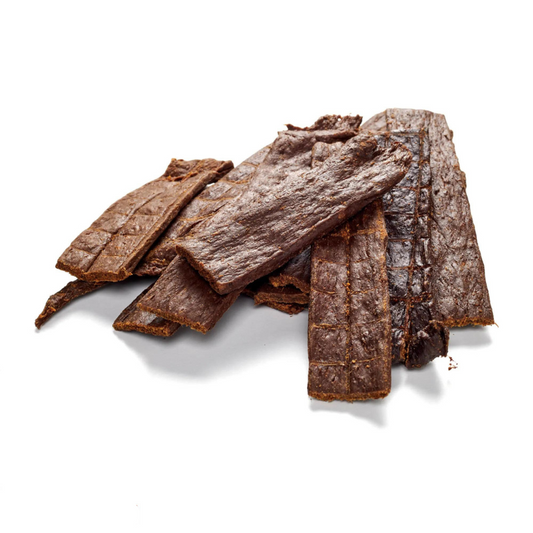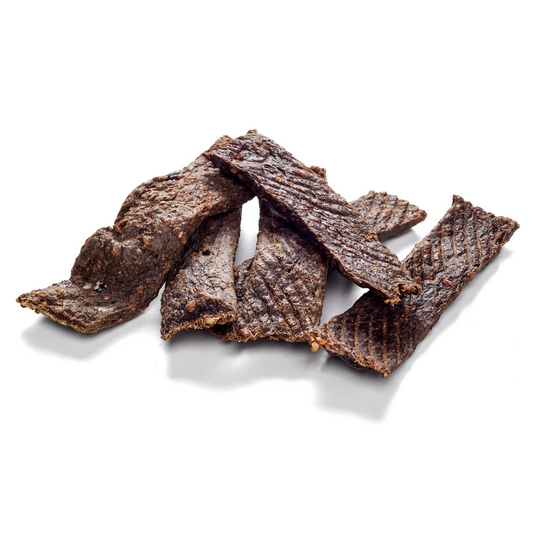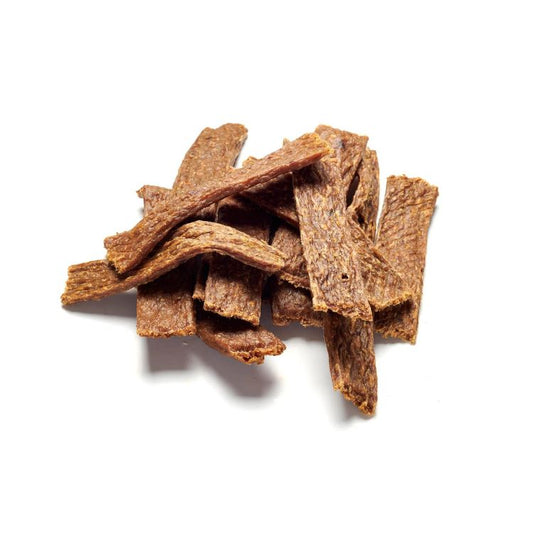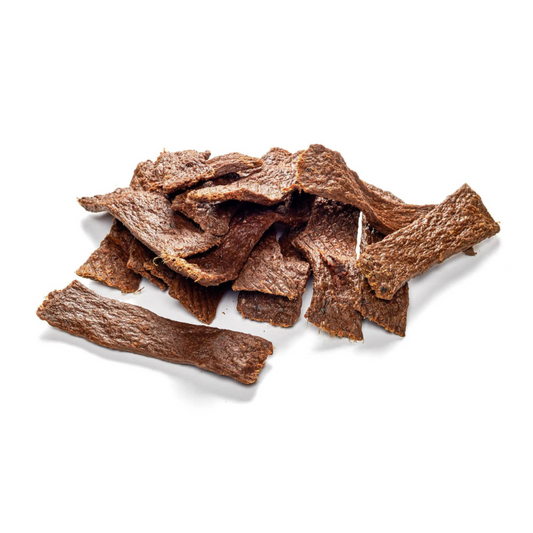
Siberian Husky
Share
The Husky is a particularly beautiful dog and captivates everyone. The clear blue eyes and the black to white coat pattern make the Nordic dog easily recognizable even for laypeople. At the same time, its appearance offers perfect camouflage in its natural environment. However, the sled dog, which is strongly reminiscent of the wolf, is increasingly spreading in southern regions and delights young and old all over the world.
Content: Siberian Husky
- profile
- Special features
- Nutrition
- Health and care
- Origin and history
- The right accessories
- Conclusion
Pamper your dog with our chew products!
Siberian Husky - Profile
- Character: Attentive, friendly, playful, strong-willed
- Size: Medium
- Height: 50-60 cm
- Weight: 16-27 kg
- Life expectancy: 12-15 years
- Coat type: Medium length; soft, dense undercoat
- Colour: From black to pure white, varied markings on the head
- Special features: Insensitive to cold, sensitive to heat, strong urge to move
- FCI Group: Nordic Sled Dogs
Siberian Husky - Special Characteristics
The Husky is a medium-sized dog that looks very similar to a wolf. The dogs are very slim but powerfully built - real runners. The coat is optimized for the polar regions and consists of a very dense undercoat and an almost fur-like coat. The coloring is in the black and white spectrum and can sometimes have light rust tones in the top coat.The Siberian Husky is an extremely hard-working dog that specializes in running and pulling sleds. Watching huskies in a sled race is an unforgettable experience that is deeply impressive and fascinating. In addition to this sporting side, huskies are also very sociable animals. They build a close bond with their owners and fit in well with families. If well-trained, the dogs get along well with children and other dogs. However, huskies have a strong hunting instinct . Therefore, when training the dog, you should make sure that it responds very well to whistles and calls and immediately stops what it is doing.
The Husky needs a lot of exercise and activity and is not for couch potatoes. Its wolf-like demeanor is not limited to its appearance. The sled dog is friendly and gentle but also has a great desire for freedom and a strong will of its own. Patient and thorough training is therefore important and worthwhile. It is recommended to only keep a Husky in the country. In the big city, you are doing neither yourself nor your four-legged friend any favors.
Siberian Husky - What should you consider when feeding them?
Siberian Huskies are very active and therefore need a lot of energy. Age, size and weight also play an important role in determining the right amount of food. The food should consist of 60-70% meat. The rest of the food should ideally consist of fruit and vegetables and at most a small amount of grain. However, this can also be omitted altogether. This way you get a balanced diet that will give the Husky a healthy and long life.
You can choose either dry or wet food for your Husky. Just see what he likes better. Huskies can also be fed BARF . However, you should do a lot of research on this and, if necessary, ask your vet for advice.
Your Husky should be fed twice a day and should rest for one to two hours after eating. The polar dog is sensitive to processed food and should never be fed outside of mealtimes.
Discover delicious dog snacks directly from our range!
Siberian Husky - Health and Care
Grooming a Husky is limited to occasional brushing. However, during the coat change, you will do yourself and your furry companion a great favor by brushing daily.
In addition, the sled dog is very easy to care for. However, regular checks of the ears, eyes, claws and teeth are recommended. For preventive dental care, appropriate chews are advisable. The dogs do not usually need a bath. However, stubborn dirt can be removed with a mild shampoo.
Huskies are otherwise considered to be robust dogs. A balanced diet can support the vitality of these four-legged friends. Some huskies have a genetic tendency to zinc deficiency. This can be helped with a zinc-rich diet. In summer, the dog should be protected from overheating.
Siberian Husky - Origin & History
The Siberian Husky comes - as the name suggests - from the Siberian taiga. There it was a loyal companion to the nomadic peoples for thousands of years. At the beginning of the 20th century, the dogs made a name for themselves in sled races in Alaska. The Siberian fur trader took third place in the Alaska Sweepstakes sled dog race over a distance of 408 km. Shortly afterwards, the first husky breeding was established in Alaska. In the 1950s, the husky finally made its way to Europe. There it is still a popular dog in dog sled races in northern Europe and also as a family dog in rural regions.
Siberian Husky - The right accessories
The following basic equipment is the most important for keeping a Siberian Husky: water and food bowls, a dog basket, leash, harness or collar and a first aid kit for dogs. You also need a good brush, preferably made of natural bristles. If you live in a snowy area, find out about dog sleds and get a suitable harness. This will bring great joy to both you and your dog!
Conclusion
The Siberian Husky is an impressive, wolf-like dog known for its endurance, friendliness and strong need for exercise. Its care is largely uncomplicated but requires regular brushing, especially during shedding . A balanced diet with a high meat content is essential. The Husky is ideal for active people and rural areas as it needs plenty of exercise and activity. Its history as a sled dog and loyal companion of nomads underlines its robust nature and willingness to work. The Husky is a loyal and lively companion that fits well into an active family.
Pamper your dog with our delicious chews!

